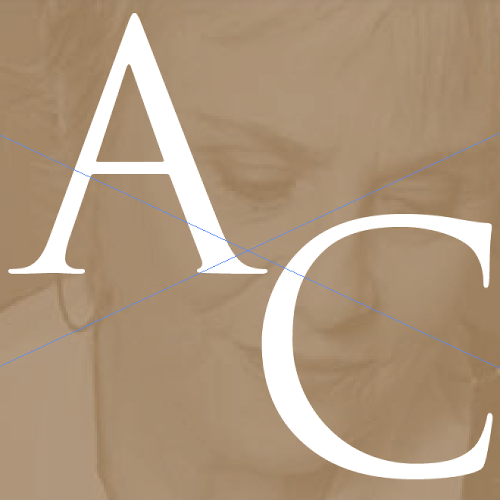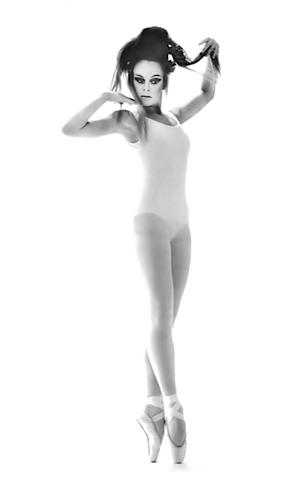Pain is inevitable. Suffering is optional.
– – – The Dalai Lama
When I toured through Europe with my ballet company back in the late sixties, we often had to perform on a “raked stage.” There are lots of them in the older theaters, deliberately built on an angle, low in the front and sloping upwards toward the back. This was meant to
improve the view for the audience and it does, but it’s hell for ballet dancers since it throws off our center of balance and we have to remember to keep readjusting. We have to lean slightly back when we do pirouettes which flies in the face of our training to be upright with a straight spine. I had the bad luck of doing my first solo performance on a raked stage in Bologna, Italy, a scary prospect in itself and adding the awkward angle of the stage made it so much harder.
In Barcelona, during the first ballet of the evening, when I turned toward the back of the stage, I forgot to step upwards. I slammed my foot into the floor and sprained my ankle. When I got off stage, I hobbled to the dressing room, changed into my costume for the
next ballet and put my foot into a sinkful of cold water. I hobbled back into the wings wondering how I would ever pull this off, but when I stepped on stage, I was pain-free . . . until the performance was over and the discomfort roared back at me.
Maybe it was the adrenaline that stopped me from hurting, but whatever it was, ballet dancers are taught to accept pain. It’s part of the training to clear our minds and keep on going, no matter what.
That’s something valuable I learned and I guess it stayed with me. These days, I have what I call a “bad” shoulder and it was acting up last weekend when I was about to teach my weekly Zoom Writing class. But after I led my students in a short meditation, just like when I was performing, I forgot about my shoulder for the next two hours. After class, a friend asked me, “How did you manage to teach with a sore shoulder?”
My answer surprised me. “I pretended it was somebody else’s.”
Pain is a formidable adversary but there is a way to work with it by adjusting our mental attitude. I was in a Stephen Levine workshop back in the eighties, when a majority of the attendees had AIDS
and were going through a lot of suffering. Someone stood up and asked Mr. Levine how to cope with it. He said, “We’re made up of a network of sensitive nerves. For human beings, pain is inevitable, but suffering is optional.”
He explained the difference between pain and suffering. Pain is a physical sensation while suffering is our interpretation of what is happening, the stories we tell ourselves. When you touch your pain with fear and shaming, that creates self-pity and bondage. When
you touch your pain with loving kindness, that creates freedom – a way to rise above the chaos. Mr. Levine believes that our spiritual work on this earth plane is to keep our hearts open in hell.
I came to understand that suffering is the tension we build around pain. When we transcend it, there is a still point in the center like the eye of a hurricane, and with a great deal of concentration and staying present we can drop into it, breathe deeply and feel our bodies soften. But when we start to tell ourselves stories, scare ourselves, consider ourselves weak and imagine how much worse it’s going to get, we are reacting, not responding. That creates suffering.
I’ve been talking about physical pain, but emotional pain is just as treacherous. When we want things to be different than they are, we suffer. When we learn to accept things as they are, life becomes gentler and easier. In her book, “The Wisdom of No Escape,” Buddhist nun, Pema Chodron, says that there is a common misunderstanding among human beings that the best way to live is to try to avoid pain and find a way to get comfortable. But a much more interesting, kind, adventurous and joyful approach to live without suffering, she says, is to begin to develop some curiosity about our pain and slow down and relax into it.
I’m not suggesting that we should endure pain and just breathe and that will take care of it. Sometimes we need professional help, but whether it’s emotional or physical, the same philosophy is true. Scaring ourselves is a reaction instead of a response. We have the
tendency to run away from pain, but although it may feel counter intuitive, we need to relax into it. I’ve noticed that when I’m stressed and suffering, when I tighten against it, my shoulder throbs. When I slow down my breath and stay
present, it relaxes.
“It isn’t what happens to us that causes us to suffer,” Ms. Chodron says. “It’s what we say to ourselves about what is happening.” I like to remind myself that if I try to transcend pettiness, to stop trying to make everything turn out on my own terms, I can stay instead of running away, I can soften instead of grasping, and I can find a better way to be in this life.
“The difference between pain and suffering is the difference between freedom and bondage.”
– – – Stephen Levine


Recent Comments